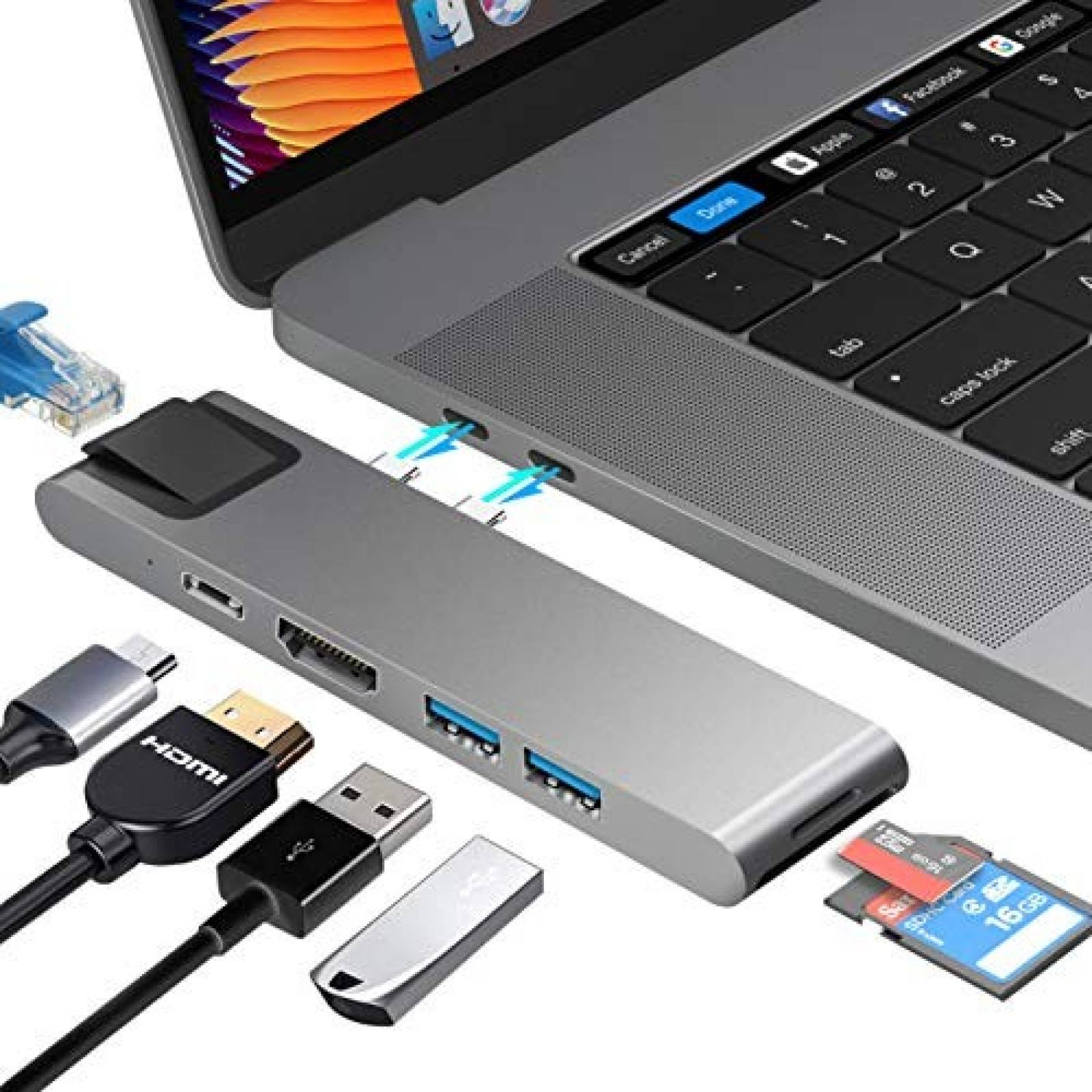
The individual time delays are randomized to decrease the probability that a re-collision between the same devices will occur after the wait. In the event of a collision, the colliding devices both cease transmission, and set random time-delays to wait before re-transmission. The CSMA/CD (“Carrier Sense Multiple Access with Collision Detection”) method of bus arbitration works by giving each Ethernet device the ability to sense an idle channel as well as sense if it happens to “collide” with another transmitting device. In that sense, it served the same purpose as the “luminiferous ether” once believed to fill empty space: conducting electromagnetic waves between separated points.


The coaxial cable linking DTE devices together would be completely passive and “dumb,” performing no task but the conduction of broadcast signals between all devices. Unlike some other networks in operation at the time, Metcalfe’s did not rely on additional devices to help coordinate communications between DTE devices. His fundamental invention was the CSMA/CD method of channel arbitration, allowing multiple devices to share a common channel of communication while recovering gracefully from inevitable “collisions.” In Metcalfe’s vision, all of the “network intelligence” would be built directly into “controller” devices situated between the DTE devices (computers, terminals, printers, etc.) and a completely passive coaxial cable network.


This handy adapter connects your favourite peripherals e.g.The 4-in-1 Multi-function USB 3.0 Hub adds connectivity to your MacBook Pro, Surface Pro, PC laptop, desktop computer and more featuring 3x USB 3.0 ports and RJ45 Ethernet network connectivity.


 0 kommentar(er)
0 kommentar(er)
